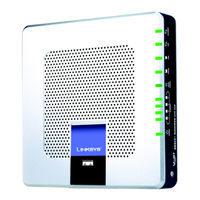
Linksys AG310 Manuals
Manuals and User Guides for Linksys AG310. We have 2 Linksys AG310 manuals available for free PDF download: Administrator User Manual, User Manual
Advertisement
Advertisement

